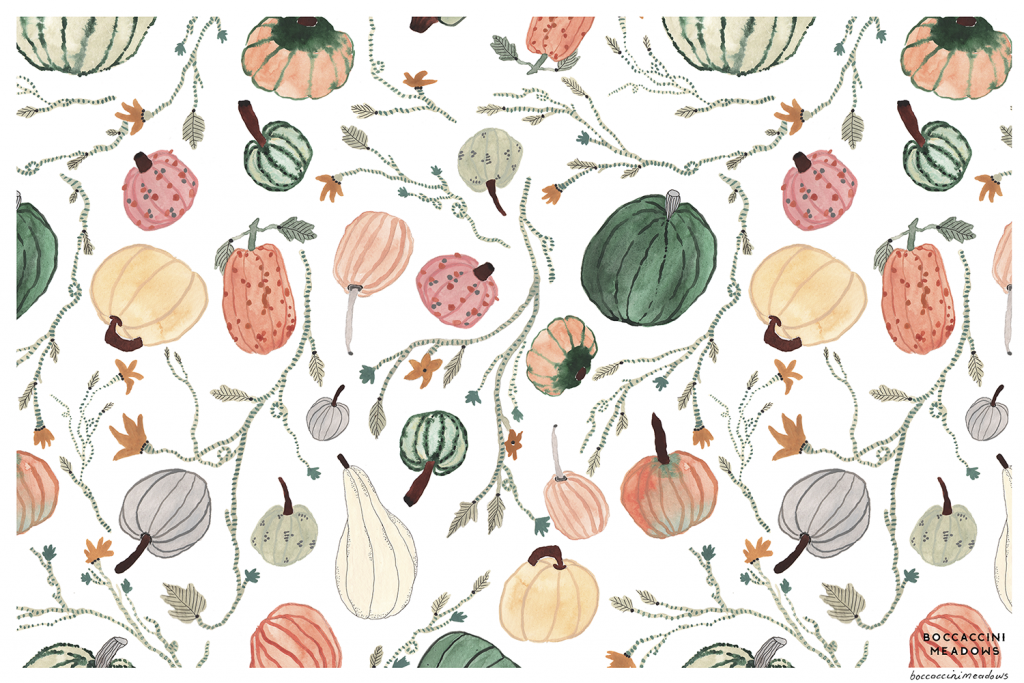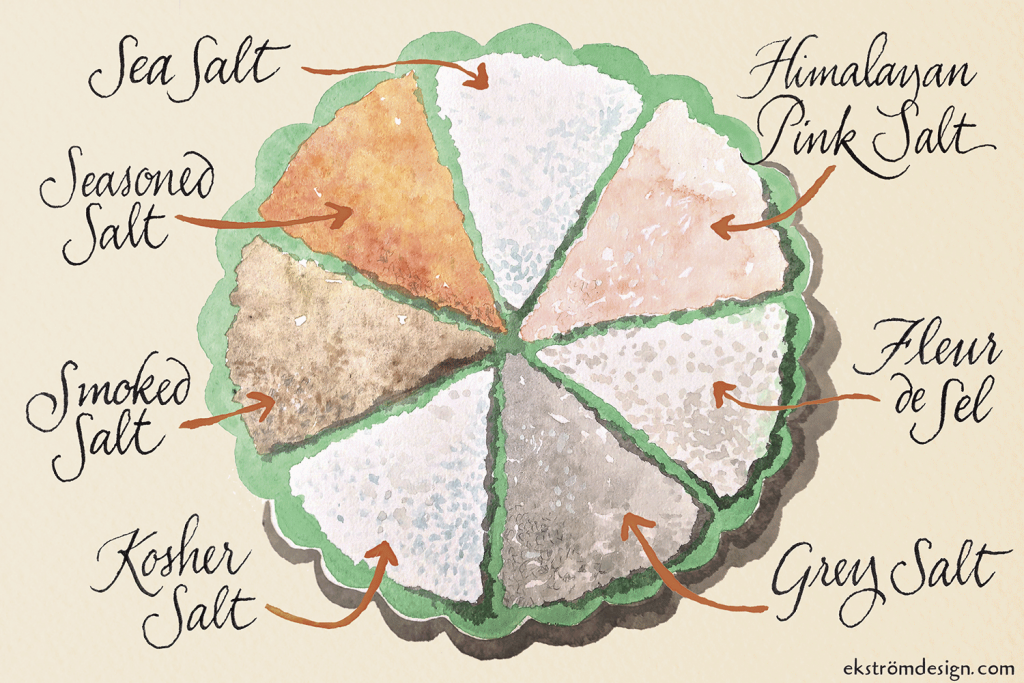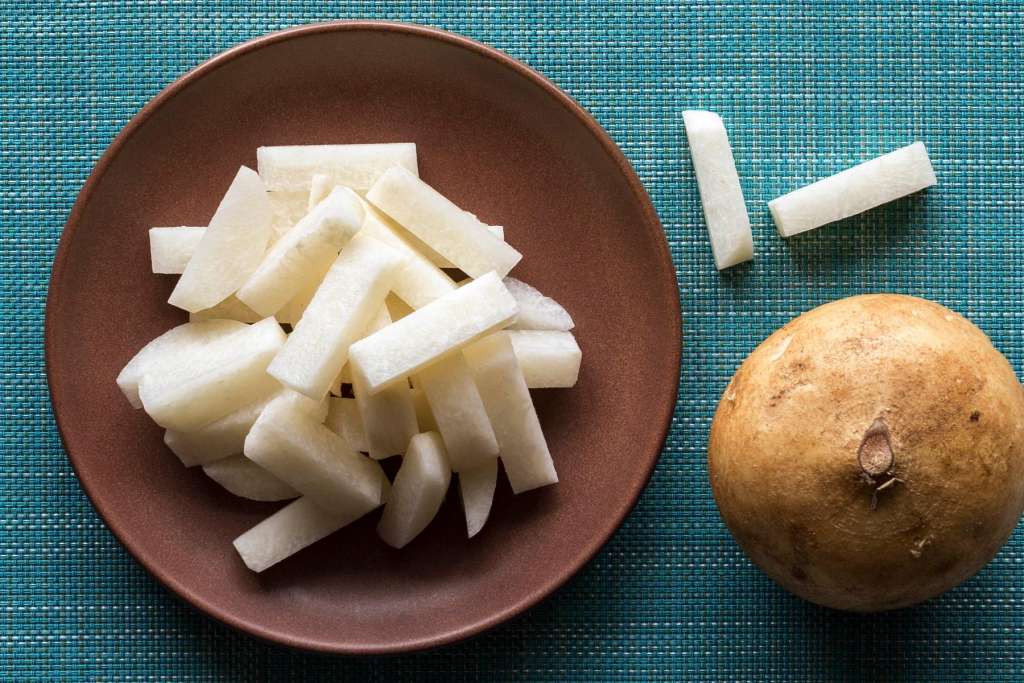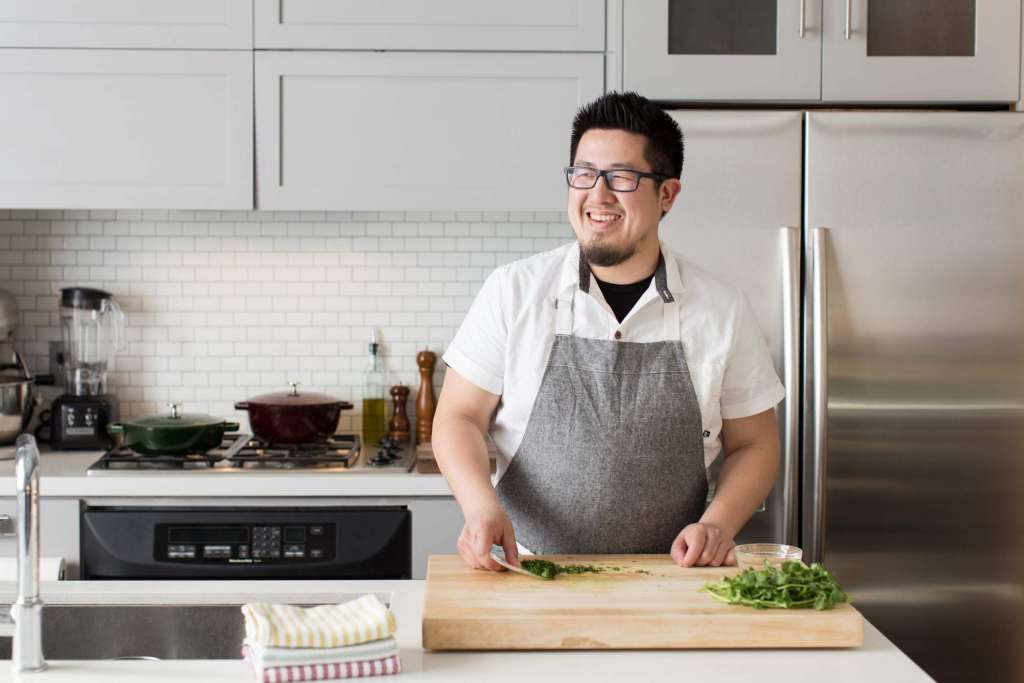How to Pick a Pumpkin

Fall’s star of the farmstand is packed with crucial nutrients and makes a great addition to your autumn cooking line up. Chef Justine tells us everything we need to know about this delicious squash:
Which pumpkins are best for baking and which are better reserved for jack-o’-lanterns?
Farmers and grocers typically label smaller, sweeter varieties that are better for cooking as ‘sugar’ or ‘pie.’ Some specific names you might find are Baby Pam, Autumn Gold, New England Pie Pumpkin, Cinderella, and Fairy Tale. There’s also no rule for using canned purée versus raw pumpkin when baking, it’s all a matter of preference. When making savory dishes, I’d recommend using fresh pumpkin because you usually want to have chunks of pumpkin in the dish. Many people prefer to use canned purée instead of fresh pumpkin for sweets because of convenience. If that’s what works for you, then stick with it. But if you have some extra time I’d suggest making your own purée by roasting the pumpkin and then blending the soft cooked flesh.
As for carving, look for pumpkins labeled ‘jack-o-lantern’. White Lumina pumpkins are great carving contenders (but not so great to eat). More of a painter than a sculptor? Look for Orange Smoothie and Cotton Candy pumpkins, which have the smooth skin of a canvas.
What do you look for when picking pumpkins?
Knock on it. If it sounds hollow, use it to make jack-o’-lanterns, and if it’s dense, use it in your favorite pumpkin recipe. Smaller pumpkins tend to be sweeter. Pick it up by the stem to make sure it’s sturdy. Choose firm, bright-colored pumpkins free of cuts and blemishes. If you’re planning on carving it, be sure it’s firm and doesn’t have any soft spots that could cause it to rot sooner than you’d like.
How do you recommend storing pumpkins for cooking?
Store pumpkins in a cool, dry, and dark place for up to a month until you’re ready to use them. Once they’re cut, cover tightly with plastic wrap and refrigerate until ready to use. Don’t freeze raw pumpkin, but purée holds up well in sub zero storage.
How do you like to cook with pumpkin?
Roast it, steam it, or cut it into chunks and add it to soups, stews, and curries. Besides pie, try muffins, bread, or even pumpkin pasta.
To soften the rind and make the pumpkin easier to cut, first, warm up the pumpkin in either a microwave for about three minutes or a 350°F oven for 30 minutes. Then toss the stem and scoop out the flesh from the rind once it’s cooked. You can throw out or compost the rind and the stringy fibers surrounding the seeds. To make a purée, scrape the flesh out from the rind, then mash with a spoon or purée in a food processor.
Roasted pumpkin seeds are great in salads, snack mixes, and as a garnish for tacos. One of my favorite ways to use pumpkin seeds is in sikil p’aak, a Mayan dip made with pumpkin seeds blended with onions, tomatoes, hot peppers, and fresh citrus juice. It’s a great alternative to guacamole or hummus, and you can dip everything from tortilla chips to jicama sticks in it.
Toss blanched, rinsed pumpkin seeds with olive oil, salt, pepper, and your favorite spices (I like Aleppo pepper and cumin). Roast in a 425° oven, stirring occasionally, until toasted, about 12 minutes.
What’s the nutritional value of pumpkin?
Pumpkin is packed with vitamin A and vitamin C, so it’s a good thing that it’s in season during colder months when it’s important to get a little extra vitamin C for protection during cold season. Pumpkin seeds boast loads of protein, fiber, zinc, and magnesium.
Illustration by @boccaccinimeadows









